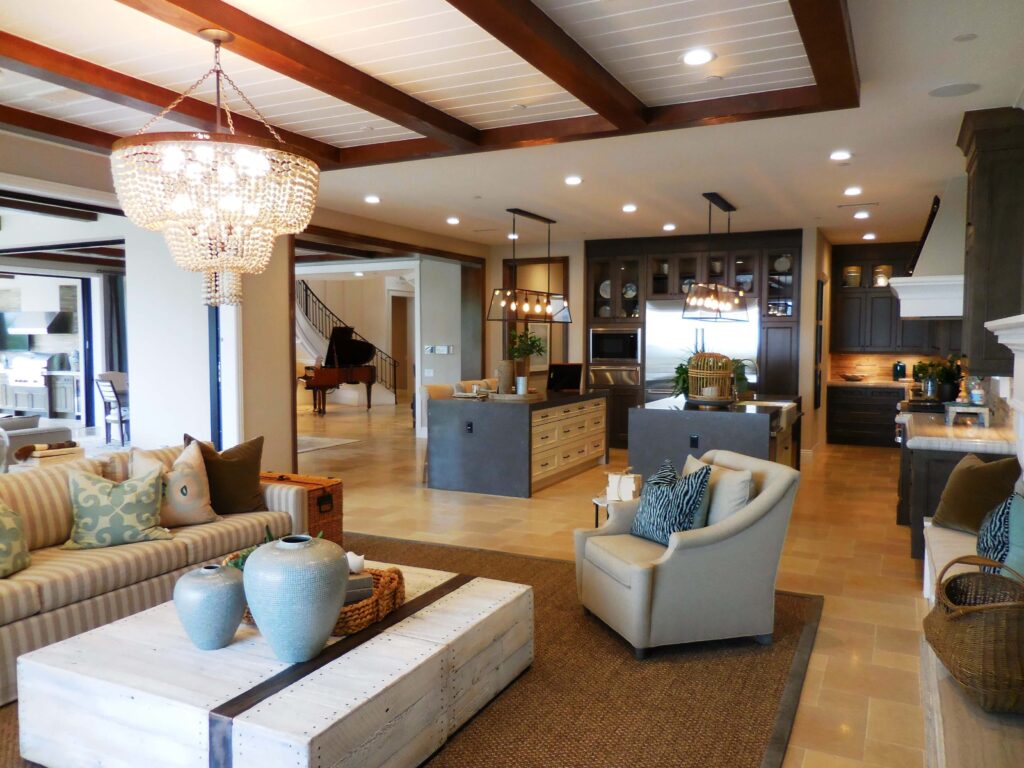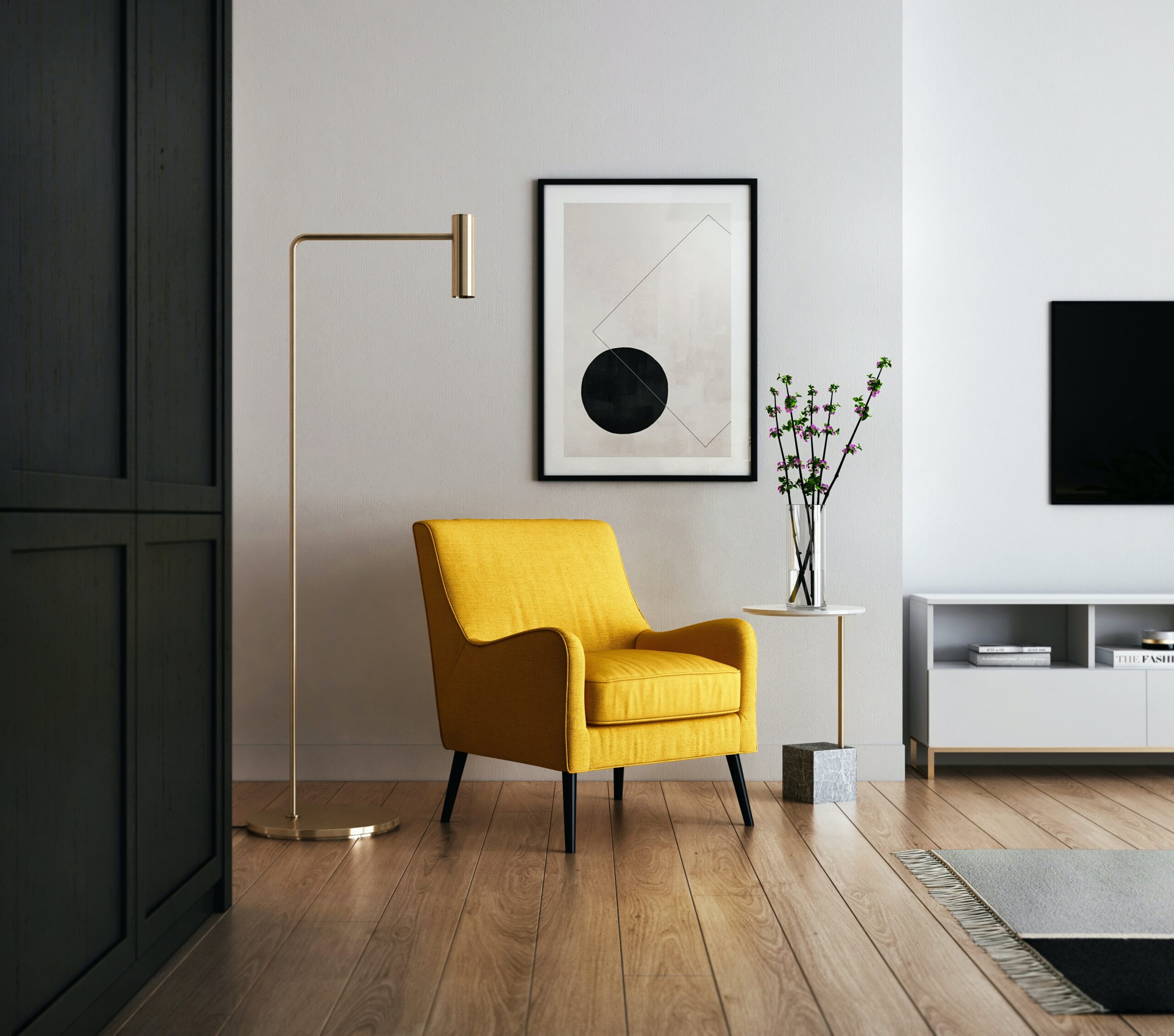Traditional furniture style refers to a design aesthetic that draws inspiration from classic design elements, often reflecting the styles and craftsmanship of past eras. This style typically emphasizes symmetry, intricate detailing, and a sense of elegance. Traditional furniture is characterized by its timeless appeal and the use of rich materials. Here are key features of traditional furniture style:
- Timeless Design Elements:
- Traditional furniture features timeless design elements that have stood the test of time. Classic motifs, ornate carvings, and graceful curves are common characteristics.
- Symmetry:
- Symmetry is a key principle in traditional furniture design. Pieces are often balanced and evenly proportioned, creating a sense of order and harmony.
- Rich Materials:
- Traditional furniture is crafted from high-quality and luxurious materials. Common wood types include mahogany, cherry, and walnut. Upholstery materials often include silk, velvet, and damask.
- Ornate Carvings:
- Elaborate and intricate carvings are a distinctive feature of traditional furniture. Carved details can be found on chair backs, table legs, bedposts, and other furniture elements.
- Dark Wood Finishes:
- Dark wood finishes, such as deep cherry or mahogany stains, are often associated with traditional furniture. These finishes add a sense of warmth and sophistication.
- Cabriole Legs:
- Cabriole legs, characterized by a curved shape that resembles the hind leg of a leaping animal, are a common design element in traditional furniture, especially in chairs and tables.
- Wingback Chairs:
- Wingback chairs, with their high backs and winged sides, are a classic and iconic piece of traditional furniture. They are known for providing a sense of coziness and elegance.
- Tufted Upholstery:
- Tufted upholstery is a traditional detail often seen on sofas, chairs, and ottomans. This decorative technique involves creating patterns of buttons or folds in the fabric.
- Formal Dining Sets:
- Formal dining sets with large tables, often with extension leaves, and matching chairs are common in traditional interiors. These sets may feature intricate detailing and carving.
- Antique Reproductions:
- Traditional furniture often includes antique reproductions, capturing the essence of historic styles such as Chippendale, Queen Anne, and Federal.
- Pedestal Tables:
- Pedestal tables, where the tabletop is supported by a central column instead of multiple legs, are a classic choice in traditional furniture. These tables are often used in dining rooms and entryways.
- Inlay and Marquetry:
- Inlay and marquetry involve the use of contrasting materials to create intricate patterns or designs on furniture surfaces. This craftsmanship is often found in traditional pieces.
- Crystal and Brass Hardware:
- Traditional furniture often features hardware made of materials like crystal or brass. Drawer pulls, handles, and knobs contribute to the overall elegance of the piece.
- Curved Lines and Scrolls:
- Curved lines and scrollwork are prevalent in traditional furniture. These design elements add a sense of fluidity and grace to the overall appearance.
- Lush Fabrics and Tassels:
- Lush, heavy fabrics with intricate patterns, tassels, and fringe are commonly used in traditional furniture upholstery. These fabrics add a sense of opulence and luxury.
Traditional furniture style creates a refined and sophisticated atmosphere in interior spaces. It reflects the craftsmanship and design principles of historical periods while offering a sense of enduring beauty and elegance.

